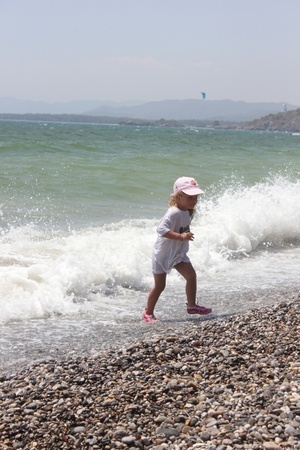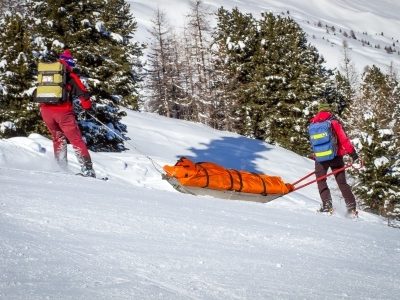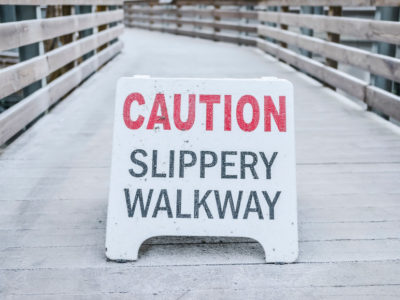

Beach Safety Tips
In the Pacific Northwest, we associate summer with fun at the beach. Kids love to dig in the sand, catch mini crabs, and splash around in the surf. Beach safety is the key to making sure that the trip doesn’t end in a tragedy. Drowning ranks fifth among the leading causes of unintentional injury death in the United States. Every day, about ten people die from unintentional drowning. Of these, two are children under the age of 14 and eighty percent are male. To avoid a beach accident, it is important to keep a good eye on your kids, not just your book, while they play near the water. Waves can cause a loss of footing very easily for children. Follow these beach safety tips from the American Red Cross to keep yourself and your family safe this summer.
Beach Safety Tips
- Learn how to swim in the surf before entering the water.
- Check the local weather conditions and tide before venturing out to the beach. Check for any warning flags or ask a lifeguard about water conditions, beach conditions, or any potential hazards.
- Bring:
- sun screen
- a sun hat
- a light shirt to cover the back of your neck and shoulders
- a first aid kit
- drinking water
- snacks and food with at least some that are high in protein
- Swim sober.
- Never swim alone.
- Only use half your energy to swim out since you will have to use the second half to swim back.
- If possible, choose a lifeguard-protected beach and obey all instructions and safety signage.
- Stay within the designated swimming area.
- While in the water, stay alert to your surroundings. Watch for waves coming in, water plants, fish and other animals, as well as other swimmers. Avoid patches of plants and leave animals alone.
- Young children should wear lifejackets while playing in the water until they know how to swim.
- Don’t dive headfirst into the water the first time you jump in. Check the water depth and look for any possible obstructions as best you can before entering the water. Jump in feet first the first time.
Rip Currents
Rip currents cause deaths every year and are responsible for most of the lifeguard rescues. Familiarize yourself with what a rip current looks like and be respectful of their power. Rip currents can form in any large open water area; they are common in low spots and breaks in sandbars, or close to structures such as jetties and piers.
If you get caught in a rip current use the following beach safety tips to stay safe:
- Stay calm and don’t fight the current.
- Swim parallel to the shore until you are out of the current. Once you are free, turn and swim toward shore.
- If you are unable to swim to the shore, float or tread water until you are out of the rip current and then head toward shore.
- If you are concerned that you can’t make it to shore, wave your arms and call for help.
- Stay at least 100 feet away from piers and jetties as permanent rip currents often exist near these structures.
If you see someone in trouble in the water, get help from a lifeguard or call 9-1-1. If available, throw the victim something that floats such as a lifejacket or cooler and call out instructions if you see a safe way for them to get back to shore.
If you or a loved one were injured in an accident, you have enough to deal with. Let an experienced accident attorney fight for the full compensation that you deserve. It is not uncommon to receive a settlement from the insurance company that is five to ten times bigger with the help of a lawyer. Call the caring accident attorneys at Tario & Associates, P.S. in Bellingham, WA today for a FREE consultation! We have been representing residents of Whatcom County, Skagit County, Island County and Snohomish County since 1979. You will pay nothing up front and no attorney fees at all unless we recover damages for you!




